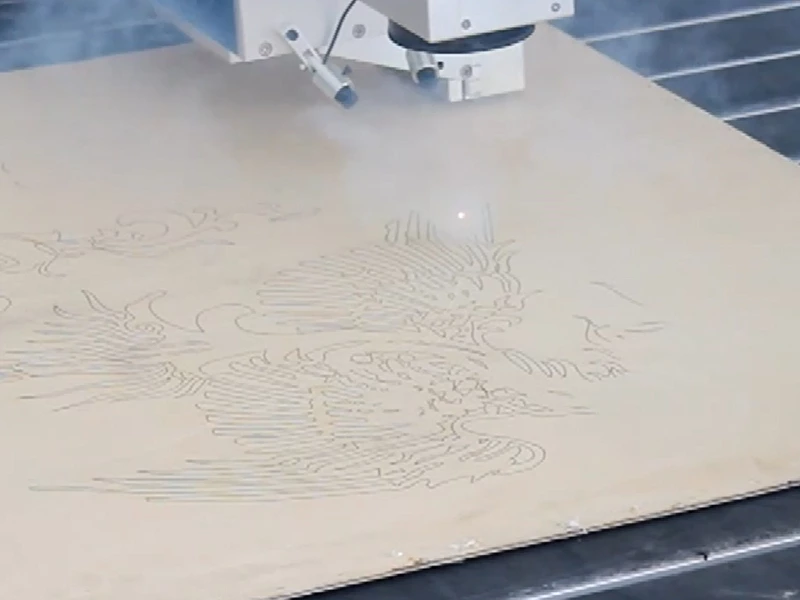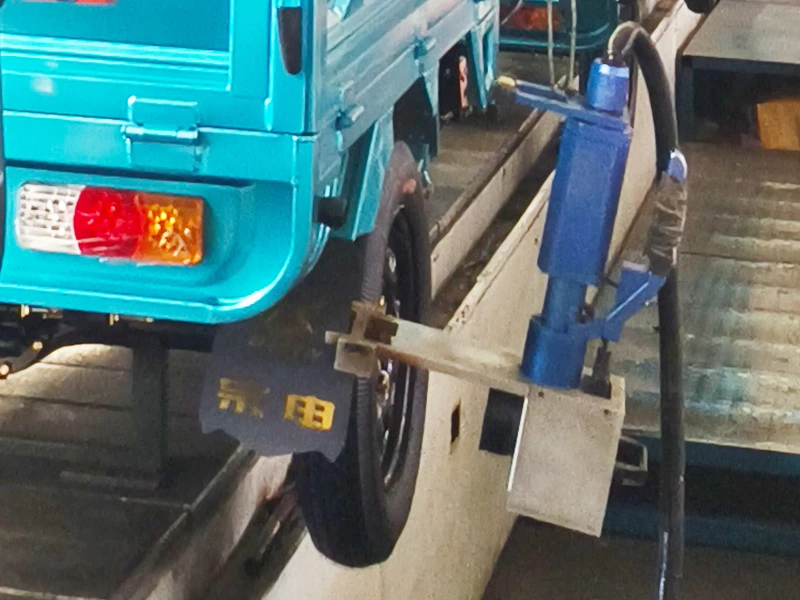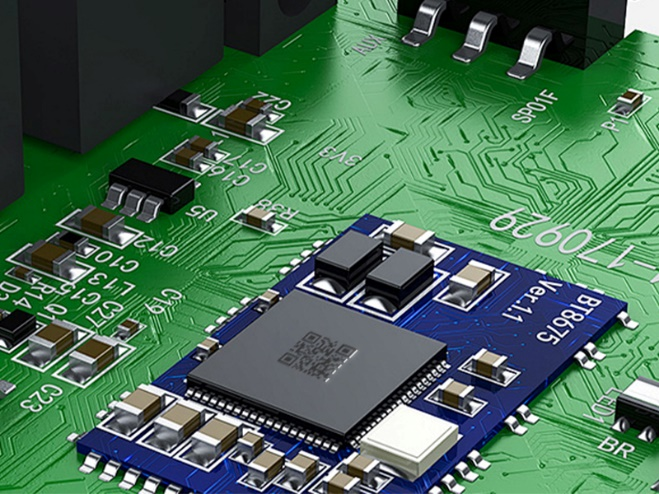6 FAQs About CO2 Laser Engraver as a Gemstone Engraving Machine
CO2 laser engravers have become increasingly popular tools for a variety of applications, including gemstone engraving. These versatile machines offer precision, speed, and versatility, making them an attractive option for jewelers and artisans. However, we need to understand the capabilities and limitations of CO2 lasers to achieve optimal results.
Laser marking machine supplier Zixu will address some of the most common questions about using CO2 laser engravers for gemstone engraving. By exploring the advantages, limitations, and safety considerations, you can make informed decisions about whether a CO2 laser is the right tool for your gemstone engraving projects.
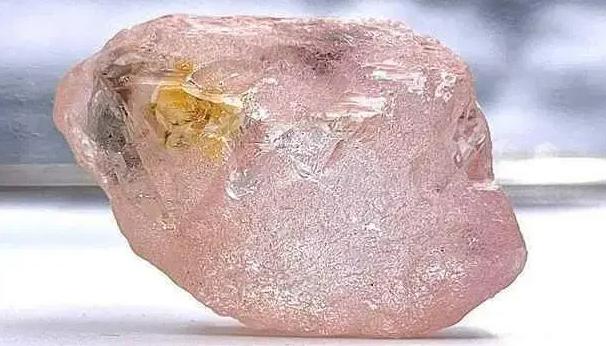
Q1: Can a CO2 Laser Engraver Engrave on All Gemstones?
No, CO2 laser engravers cannot engrave on all gemstones. While they are effective for many, their suitability depends on the gemstone’s properties. Here’s a breakdown:
Suitable Gemstones
- Harder gemstones: Diamonds, rubies, sapphires, and emeralds are typically good candidates due to their durability.
- Colorless or light-colored gemstones are less likely to experience color changes from the laser’s heat.
Less Suitable Gemstones
- Soft gemstones: Opals, turquoise, and pearls are more prone to damage.
- Heat-sensitive gemstones: Some gemstones, like amethyst, can change color when exposed to high temperatures.
Factors to Consider
- Gemstone hardness: Harder gemstones resist the laser’s heat and pressure.
- Gemstone color: Lighter-colored gemstones are less likely to show color changes.
- Laser power: The laser’s power should be adjusted based on the gemstone’s hardness and sensitivity.
Always test the laser on a small, inconspicuous area of the gemstone before engraving the entire piece. This will help you assess its suitability and avoid damage.
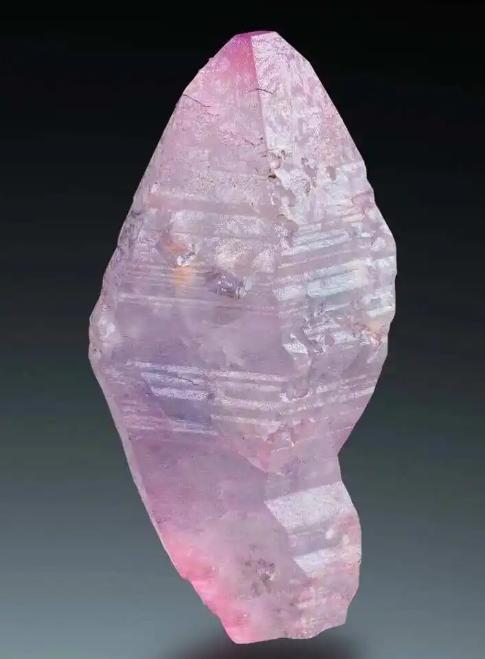
Q2: What Are the Advantages of Using a CO2 Laser as a Gemstone Engraving Machine?
CO2 lasers offer several advantages when used for gemstone engraving, making them a popular choice among jewelers and engravers. Here’s a detailed breakdown:
Precision and Detail
- High-resolution engraving: CO2 lasers can produce intricate and detailed designs on gemstones, even on small surfaces.
- Accurate line widths: The laser beam can be focused to create precise lines and patterns, ensuring a clean and professional finish.
- Consistent depth: The laser’s power can be controlled to achieve the desired depth of engraving, ensuring uniformity and consistency.
Versatility
- Wide range of gemstones: CO2 lasers can be engraved on a variety of gemstones, including hard stones like diamonds and sapphires, as well as softer stones like opals and turquoise.
- Custom designs: The laser can be used to create custom engravings, logos, or personalized messages on gemstones.
- Multiple engraving techniques: CO2 lasers can be used for various engraving techniques, such as vector engraving, raster engraving, and marking.
Speed and Efficiency
- Fast processing: Laser engraving is a relatively quick process compared to traditional engraving methods, allowing for efficient production.
- Minimal setup time: Once the laser is set up and calibrated, it can be used to engrave multiple gemstones without significant setup time.
- Reduced manual labor: Laser engraving reduces the need for manual labor, leading to increased productivity and reduced costs.
Non-Contact Engraving
- No physical contact: CO2 lasers engrave without physically touching the gemstone, minimizing the risk of damage or scratches.
- Ideal for delicate gemstones: This non-contact method is particularly suitable for delicate or fragile gemstones.
Automation
- Computer-controlled: CO2 laser engraving machines can be controlled by computers, allowing for precise control and automation of the engraving process.
- Repeatability: Automated systems can ensure consistent results and reduce human error.
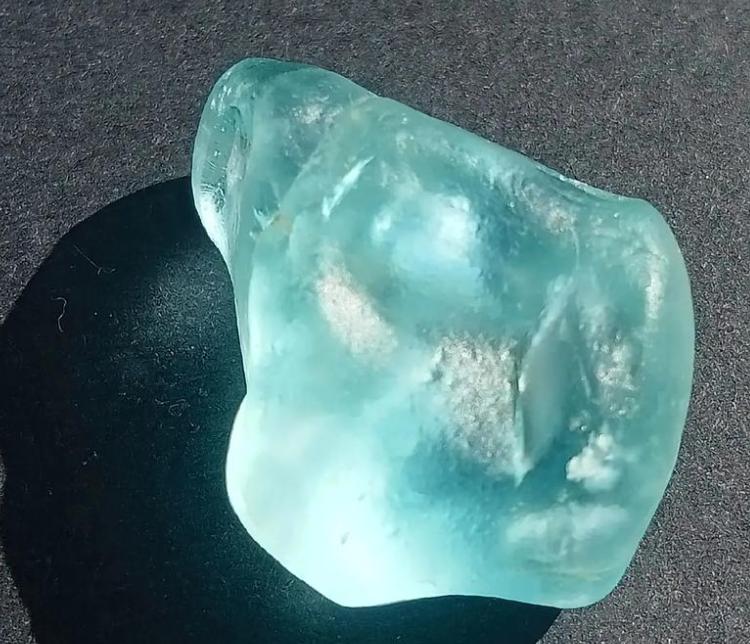
Q3: Can CO2 Lasers Engrave Colored Gemstones Without Affecting Their Color?
While CO2 lasers can engrave colored gemstones without affecting their color in many cases, it’s important to consider the specific properties of the gemstone and the laser’s settings.
Factors Affecting Color Retention
- Gemstone Composition: Some gemstones, like rubies and sapphires, have a stable color that is less likely to be affected by the laser’s heat. However, other gemstones, like amethysts and citrines, can be more sensitive to temperature changes.
- Laser Power: Using too high laser power can generate excessive heat, which can cause color changes in certain gemstones. It’s essential to use a power level that is appropriate for the specific gemstone and the desired depth of the engraving.
- Laser Focus: A well-focused laser beam can minimize heat dispersion and reduce the risk of color changes.
- Gemstone Quality: The quality of the gemstone can also influence its susceptibility to color changes. Gemstones with impurities or defects may be more prone to color alterations.
Precautions for Color Preservation
- Test on a Small Area: Before engraving the entire gemstone, test the laser on a small, inconspicuous area to assess its impact on the color.
- Use a Lower Power Setting: For gemstones that are known to be color-sensitive, start with a lower laser power setting and gradually increase it as needed.
- Monitor the Temperature: Use a thermometer or other temperature-monitoring device to ensure that the gemstone does not exceed its heat tolerance.
- Consider Alternative Engraving Methods: If you’re concerned about color changes, you may want to explore alternative engraving methods, such as sandblasting or chemical etching.
It’s important to note that even with these precautions, there is always a risk of color changes when engraving colored gemstones with a CO2 laser. If color preservation is a critical concern, it may be best to choose a different engraving method or select a gemstone with a more stable color.
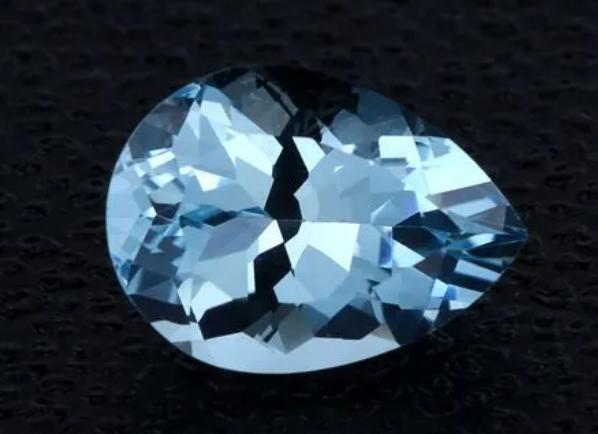
Q4: Can I Engrave on Gemstones with Inclusions?
Yes, you can use your gemstone engraving machine to engrave on gemstones with inclusions. However, the type and size of the inclusions can affect the engraving process and the final result. Here are some factors to consider:
- Inclusion Type: Some inclusions, like gas bubbles or liquid inclusions, may not affect the engraving process significantly. However, solid inclusions, especially those that are hard or brittle, can potentially interfere with the laser beam or cause the gemstone to crack.
- Inclusion Size: Larger inclusions may be more likely to affect the engraving process. If an inclusion is large enough, it could prevent the laser beam from penetrating the gemstone or cause the gemstone to fracture.
- Gemstone Hardness: The hardness of the gemstone can also influence the engraving process. Harder gemstones with inclusions are generally more resistant to damage than softer gemstones.
When engraving gemstones with inclusions:
- Use a Lower Power Setting: A lower laser power setting can help minimize the risk of damage to the gemstone, especially if it has delicate inclusions.
- Monitor the Gemstone: Keep a close eye on the gemstone during the engraving process to watch for any signs of damage or cracking.
- Consider Alternative Engraving Methods: If you’re concerned about the potential for damage to the gemstone, you may want to explore alternative engraving methods, such as sandblasting or chemical etching.
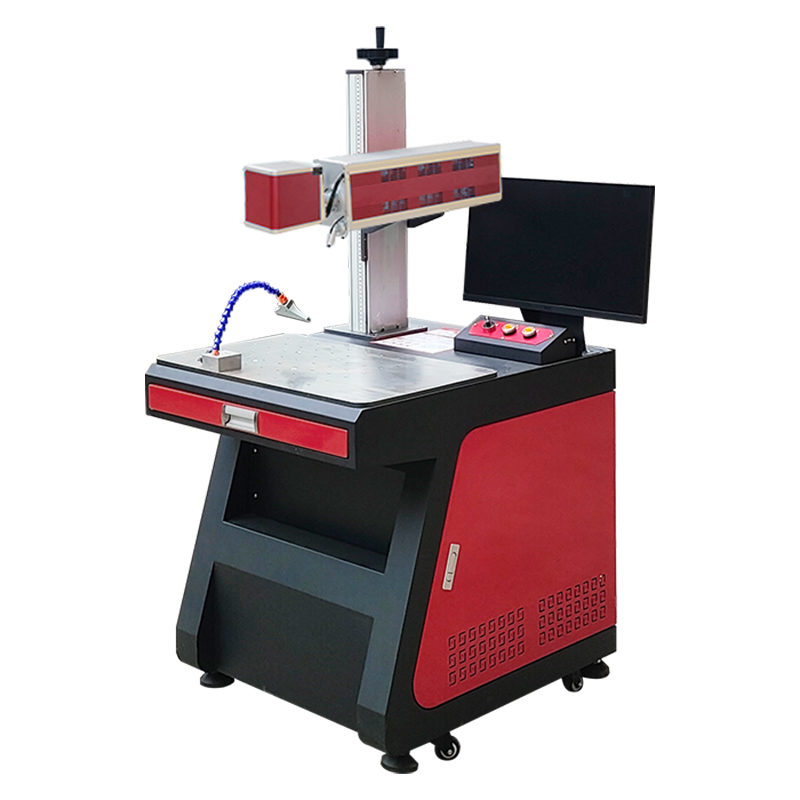
Q5: What Are the Potential Risks of Using a CO2 Laser on Gemstones?
Using a CO2 laser machine as your gemstone engraving machine can pose several potential risks if not handled with care:
- Cracking: If the laser power is too high or the gemstone is not properly supported, it can crack. This is especially true for gemstones with flaws or inclusions.
- Color Changes: In some cases, the heat generated by the laser can cause color changes in certain gemstones, especially those with delicate hues.
- Fading: The laser’s heat can also lead to fading of the gemstone’s color over time.
- Surface Damage: If the laser is not properly focused or the gemstone is not securely held, it can cause surface damage, such as scratches or pitting.
- Eye Damage: Laser radiation can be harmful to the eyes, so it’s essential to wear protective eyewear when using a CO2 laser.
- Fumes and Smoke: The engraving process can generate fumes and smoke, which can be irritating or harmful if inhaled. Proper ventilation is necessary to ensure a safe working environment.
To minimize these risks, it’s important to:
- Use a Suitable Laser Power: Choose a laser power setting that is appropriate for the specific gemstone and the desired engraving depth.
- Support the Gemstone Properly: Use a stable platform to hold the gemstone during the engraving process to prevent cracking.
- Monitor the Temperature: Keep an eye on the temperature of the gemstone to ensure it doesn’t exceed its heat tolerance.
- Wear Protective Gear: Always wear laser safety glasses and appropriate respiratory protection when using a CO2 laser.
- Ensure Proper Ventilation: Provide adequate ventilation to remove fumes and smoke from the workspace.
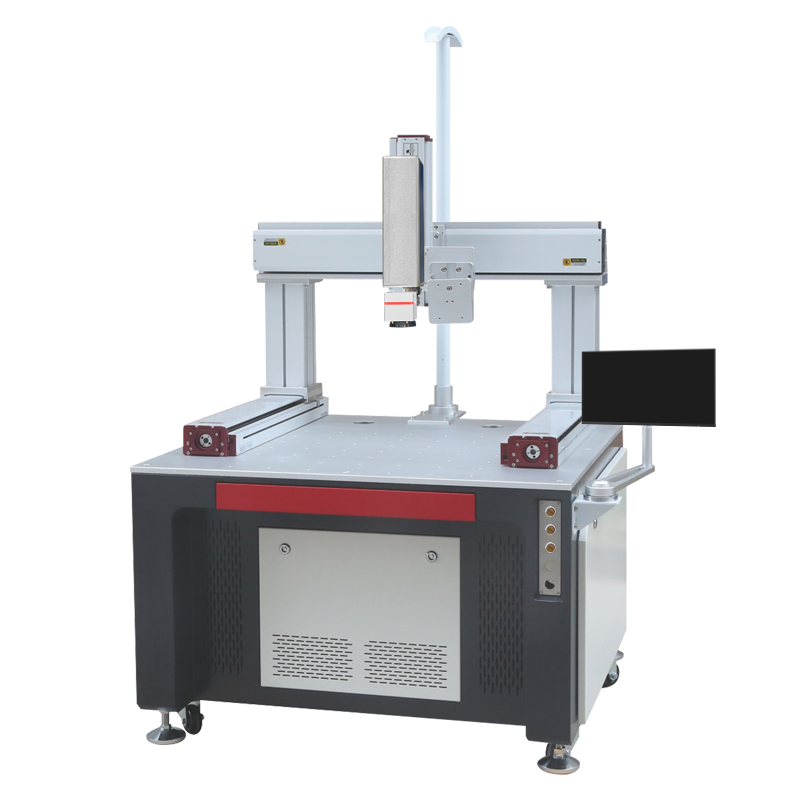
Q6: Are There Specific Safety Precautions to Follow When Using a CO2 Laser on Gemstones?
Yes, there are specific safety precautions to follow when using a CO2 laser on gemstones:
- Eye Protection: Always wear laser safety glasses that are specifically designed for the wavelength of your CO2 laser. This is essential to protect your eyes from harmful radiation.
- Skin Protection: Wear gloves and long sleeves to protect your skin from potential burns or exposure to laser radiation.
- Ventilation: Ensure proper ventilation to remove fumes and smoke generated during the engraving process. These can be irritating or harmful to inhale.
- Fire Safety: Keep a fire extinguisher readily available, as laser engraving can potentially ignite flammable materials.
- Gemstone Support: Use a stable platform to support the gemstone during engraving to prevent it from cracking or shifting.
- Laser Beam Alignment: Ensure that the laser beam is properly aligned and focused to minimize the risk of damage to the gemstone or surrounding equipment.
- Emergency Procedures: Familiarize yourself with emergency procedures in case of a laser accident or fire.
It’s also important to follow the manufacturer’s instructions for your specific CO2 laser engraver. These instructions will provide additional safety guidelines and information.
Mastering Gemstone Engraving with CO2 Lasers
CO2 laser engravers offer a powerful and efficient way to engrave gemstones, providing precision, versatility, and speed. However, it’s essential to consider the specific properties of the gemstones, the laser’s capabilities, and the potential risks involved. Follow the safety precautions outlined in this article, carefully select the appropriate laser settings, and let professional laser marking machine supplier Zixu be your partner, you can successfully engrave gemstones with stunning results.
Recommended Products

